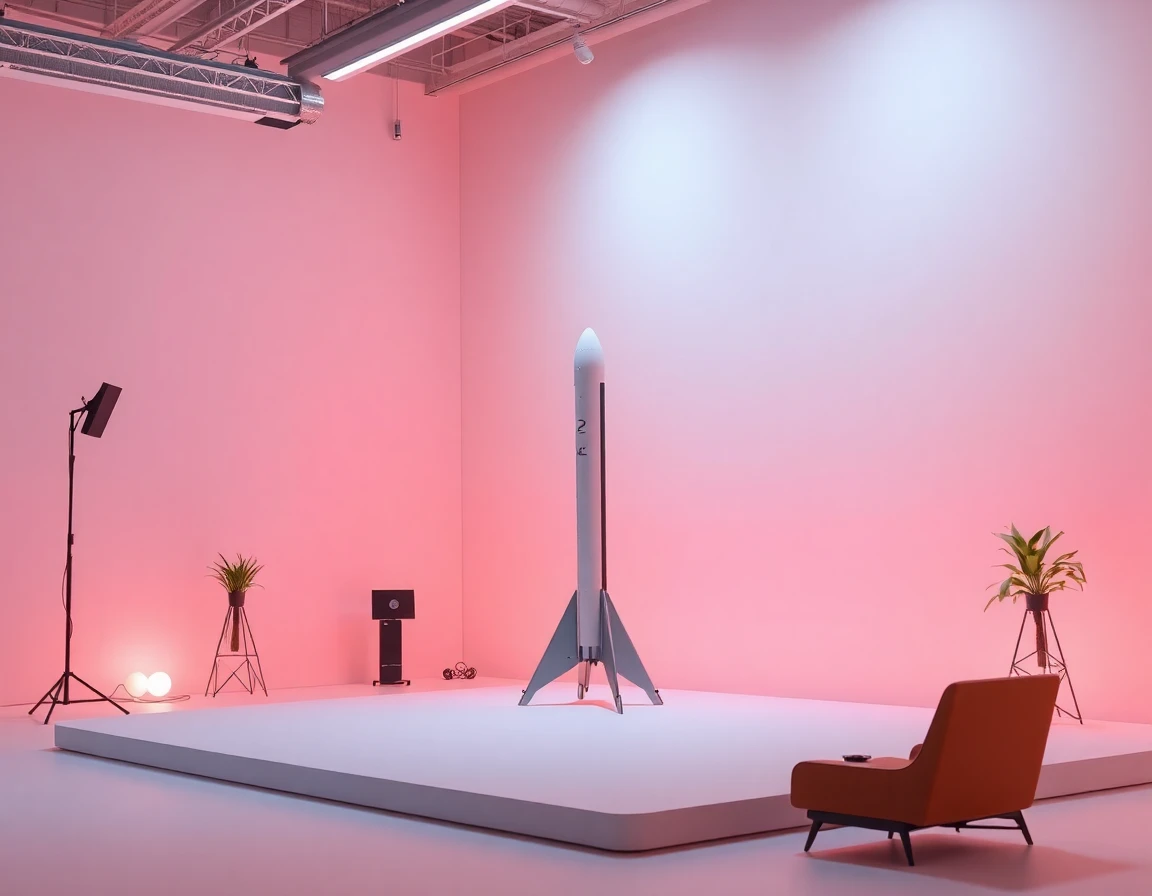In a significant move to bolster NASA’s exploration initiatives, Acting Administrator Robert Duffy has appointed a new Associate Administrator dedicated to exploration. This strategic decision highlights NASA’s commitment to advancing its space exploration goals, particularly as the agency prepares for future missions to the Moon and Mars.
A New Leadership Direction
The newly appointed Associate Administrator, Dr. Emily Carter, brings a wealth of experience in aerospace engineering and space mission planning. Dr. Carter previously served as the director of the Jet Propulsion Laboratory’s (JPL) Mars Exploration Program, where she played a pivotal role in the successful deployment of the Perseverance rover. In her new role, she will oversee a diverse portfolio of exploration-related projects, ensuring that NASA remains at the forefront of space innovation.
“Dr. Carter’s extensive background in planetary science and exploration makes her an outstanding choice for this position,” Duffy stated during the announcement. “Her leadership will be crucial in driving our ambitious agenda for human and robotic exploration beyond low Earth orbit.”
Focus on Future Missions
Under Dr. Carter’s leadership, NASA aims to accelerate the Artemis program, which seeks to return humans to the Moon by 2024 and establish a sustainable lunar presence. This program is not only pivotal for lunar exploration but also serves as a crucial stepping stone for future missions to Mars.
NASA’s Artemis program will leverage advanced technologies, including precision accelerometers that enhance navigation capabilities for lunar landers. These technologies are integral to ensuring safe landings and successful operations on the Moon’s surface.
Technical Innovations Driving Exploration
As NASA embarks on these ambitious missions, the incorporation of cutting-edge technologies will be essential. The agency is also investing in next-generation inertial navigation systems designed to provide precise guidance for spacecraft. These systems are vital for mission success, particularly in environments where GPS signals are unavailable, such as deep space.
Moreover, advancements in gyroscopic instruments will play a critical role in maintaining spacecraft orientation and stability during complex maneuvers. This is particularly important for missions that involve landing on celestial bodies with varying gravitational forces.
Industry Insights and Expert Perspectives
The aerospace industry is closely monitoring NASA’s strategic changes. Dr. Michael Thompson, a leading expert in space exploration technologies at the Aerospace Corporation, commented, “NASA’s focus on exploration under Dr. Carter’s leadership aligns with the growing global interest in space. As countries and private companies ramp up their own exploration initiatives, NASA’s role as a leader will be more important than ever.”
Experts believe that the advancements in thermal management systems will also be crucial for the success of NASA’s exploration missions. These systems are designed to regulate temperatures in spacecraft, ensuring that sensitive equipment and crew members are protected from the extreme conditions of space.
The Broader Impact of Leadership Changes
The appointment of Dr. Carter is expected to have a positive ripple effect across the industry, inspiring a new generation of engineers and scientists to pursue careers in aerospace. As NASA emphasizes the importance of exploration, it is likely to attract further investments from private sector partners eager to collaborate on innovative technologies and missions.
In addition, the renewed focus on exploration could catalyze rapid advancements in robotics and automation, which are essential for conducting operations on distant planets. As NASA continues to forge partnerships with companies specializing in robotic systems, the potential for groundbreaking discoveries increases.
Future Developments to Watch
Looking ahead, the space community eagerly anticipates the outcomes of NASA’s exploration initiatives. With Dr. Carter at the helm, there are high expectations for the successful execution of the Artemis missions and the eventual crewed missions to Mars. Industry analysts predict that these missions will not only further scientific understanding but also pave the way for commercial opportunities in space tourism and resource extraction from asteroids.
In summary, Acting NASA Administrator Duffy’s selection of an exploration-focused Associate Administrator underscores the agency’s commitment to pushing the boundaries of human knowledge and capabilities in space. As NASA gears up for a new era of exploration, the integration of advanced technologies, such as precision accelerometers and inertial navigation systems, will be pivotal in ensuring mission success and safety as humanity reaches for the stars.
Conclusion
NASA’s leadership changes signal an exciting time for space exploration. The agency, under the guidance of Dr. Carter, is preparing to embark on transformative missions that could redefine humanity’s relationship with space. As we look to the future, it’s clear that exploration is not just a goal but a journey that will inspire generations to come.
References
-
Acting Research - defensenews.com (defensenews.com)
-
Acting Research - aviationweek.com (aviationweek.com)
-
Acting Research - spacenews.com (spacenews.com)



